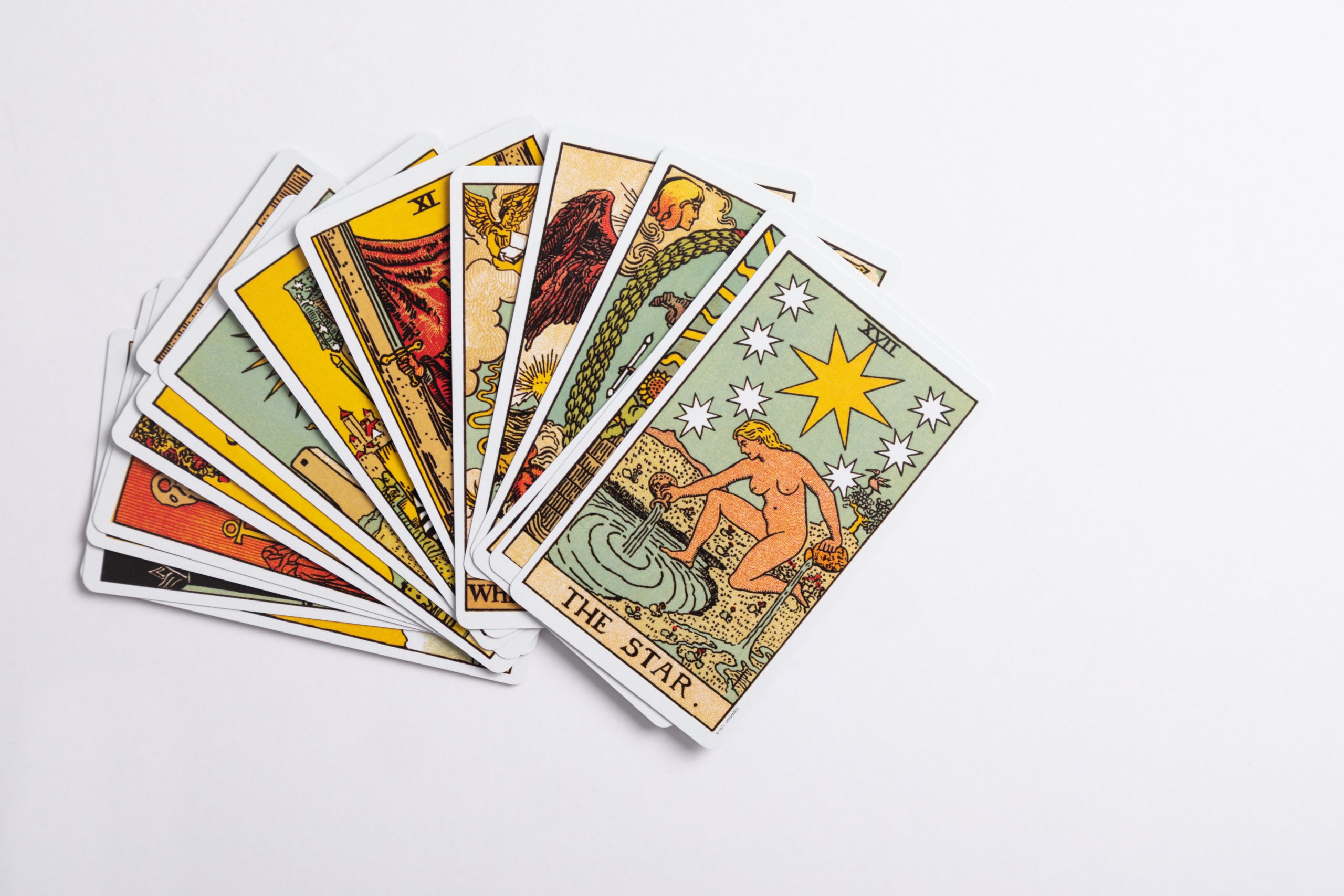Moon Phases Names in Hindi: An In-Depth Look into Lunar Terminology
The moon has always captivated human beings with its mystique and allure. Throughout history, cultures around the world have developed their own unique names and interpretations for the different phases of the moon. In this blog post, we will delve into the fascinating world of moon phases and explore the names given to each phase in Hindi, one of the most widely spoken languages in India.
The Importance of Moon Phases
Before we dive into the specific names and meanings of moon phases in Hindi, let’s explore why moon phases hold such significance in different cultures. The moon has been revered as a celestial body that governs various aspects of life, including agriculture, navigation, and even human emotions.
One of the primary reasons moon phases are considered important is their undeniable influence on the tides. The gravitational pull of the moon on Earth’s oceans creates the ebb and flow of the tides, affecting marine life and coastal ecosystems. Additionally, moon phases have been associated with spiritual beliefs, astrology, and mythologies across cultures.
Now, let’s take a closer look at the moon phases in Hindi and their respective names.
The Hindi Names for Moon Phases
The moon goes through eight distinct phases during its lunar cycle. Each phase represents a different position of the moon in relation to the sun and Earth, resulting in a varying amount of the moon’s illuminated surface visible from our vantage point on Earth.
In Hindi, these moon phases are known as:
| Phase | Name in Hindi |
|---|---|
| New Moon | Amavasya |
| Waxing Crescent | Shukla Paksha Pratipada |
| First Quarter | Shukla Paksha Dwitiya |
| Waxing Gibbous | Shukla Paksha Tritiya |
| Full Moon | Purnima |
| Waning Gibbous | Krishna Paksha Pratipada |
| Last Quarter | Krishna Paksha Dwitiya |
| Waning Crescent | Krishna Paksha Tritiya |
Now, let’s delve into the meanings and cultural significance of each moon phase name in Hindi.
Amavasya (New Moon)
The Amavasya is the beginning of the lunar cycle when the moon is not visible from Earth. In Hindi, “ama” means ‘together’ or ‘with’ and “vasya” means ‘to reside.’ Amavasya is often associated with significant spiritual practices, fasting, and prayers.
Shukla Paksha Pratipada (Waxing Crescent)
Shukla Paksha Pratipada refers to the first day of the waxing phase of the moon. “Shukla” translates to ‘bright’ or ‘white,’ while “paksha” means ‘phase’ and “pratipada” signifies ‘the first day.’ This phase symbolizes growth, new beginnings, and positive energy.
Shukla Paksha Dwitiya (First Quarter)
The second day of the waxing phase is known as Shukla Paksha Dwitiya. “Dwitiya” represents ‘the second day.’ This phase is associated with balance, harmony, and stability, marking the moon’s progression towards fullness.
Shukla Paksha Tritiya (Waxing Gibbous)
Shukla Paksha Tritiya, or the third day of the waxing phase, highlights the moon’s continuous growth. “Tritiya” signifies the ‘third day.’ This phase signifies progress, accomplishment, and forward movement.
Purnima (Full Moon)
Purnima is perhaps the most celebrated phase of the moon in many cultures, including Hindi. Purnima signifies the fullness and completeness of the moon when it is fully illuminated. This phase is associated with festivities, rituals, and the expression of gratitude.
Krishna Paksha Pratipada (Waning Gibbous)
Krishna Paksha Pratipada refers to the first day of the waning phase of the moon. “Krishna” means ‘dark’ or ‘black.’ This phase symbolizes introspection, release, and the gradual decrease of the moon’s illumination.
Krishna Paksha Dwitiya (Last Quarter)
The Last Quarter, known as Krishna Paksha Dwitiya, represents the second day of the waning phase. This phase signifies conservation, evaluation, and the final preparations for the upcoming new lunar cycle.
Krishna Paksha Tritiya (Waning Crescent)
Krishna Paksha Tritiya, the third day of the waning phase, symbolizes the moon’s diminishing visibility. It represents a period of reflection, purification, and letting go of what no longer serves us.
Conclusion
In Hindi, the moon phases are packed with cultural significance, spirituality, and symbolism. Understanding the names and meanings of these moon phases provides a deeper connection to the natural world and allows us to appreciate the ever-changing beauty of the moon.
Whether you are marveling at the Amavasya, celebrating Purnima, or reflecting during the Krishna Paksha, these moon phases offer insights into our journey through life and bring a sense of wonder to our daily experiences.
Next time you gaze up at the night sky and witness the different moon phases, remember the rich meanings behind these names in Hindi and the cultural heritage they represent.
Table of Contents
